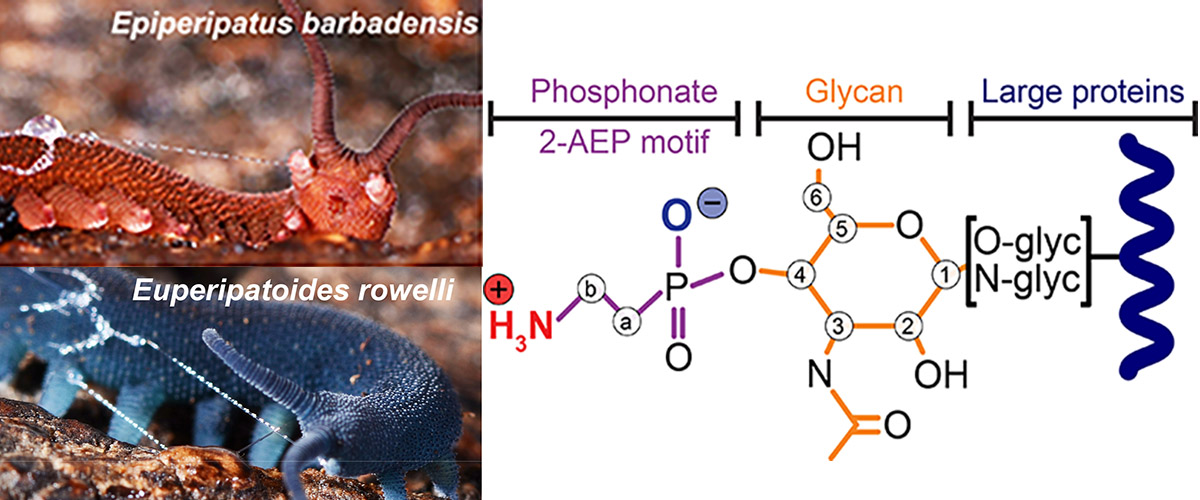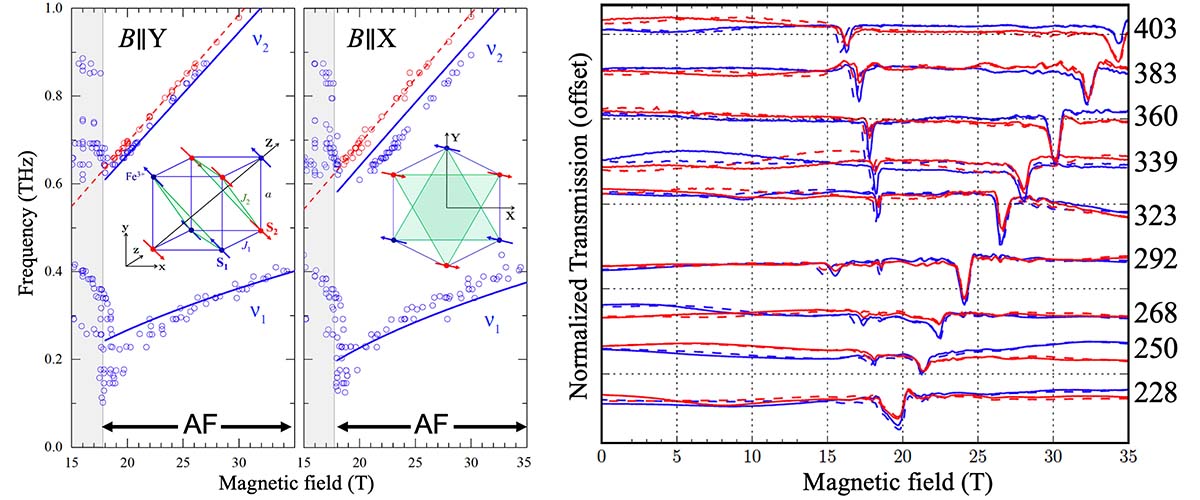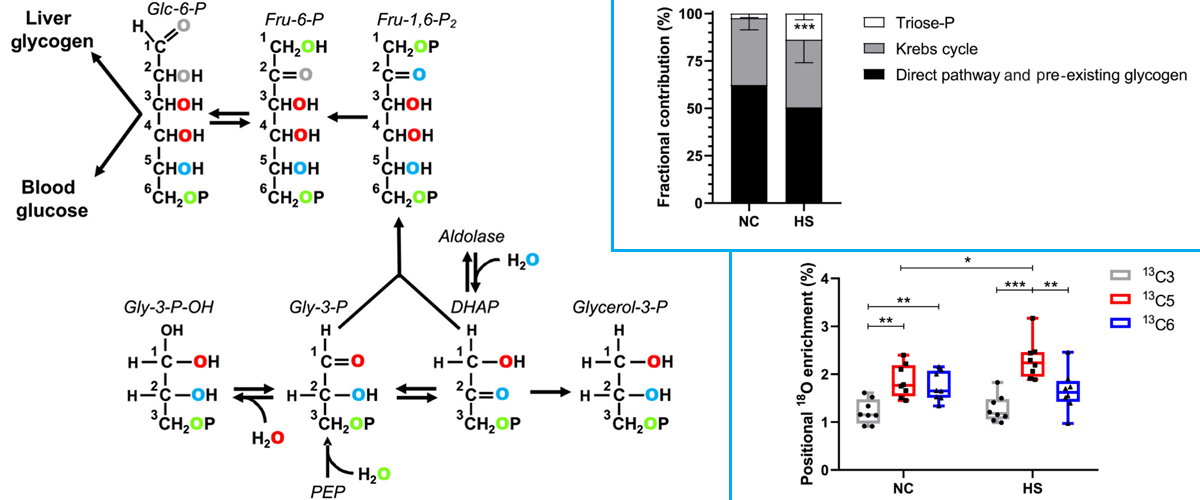What did scientists discover?
This interdisciplinary research team showed how phospholipids in the cellular environment can influence the drug response of receptor proteins and thereby alter cellular signaling by those receptor proteins.
Why is this important?
One (or more) of the eight-hundred human G protein-coupled receptors (GPCRs) play a role in nearly all physiological responses. As such, GPCRs are targets for more than one-third of all FDA-approved drugs. The findings from this study imply that hereditary factors or dietary factors that alter lipid compositions of cells may influence the effectiveness of drugs.
Who did the research?
N. Thakur1, A.P. Ray1, L. Sharp2, B. Jin1, A. Duong1, N. Gopal Pour1, S. Obeng3, A.V. Wijesekara1, Z.-G. Gao4, C.R. McCurdy3, K.A. Jacobson4, E. Lyman2, M.T. Eddy1
1University of Florida, Dept. of Chemistry 2University of Delaware, Dept. of Physics and Astronomy 3University of Florida, Dept. of Medicinal Chemistry 4Laboratory of Bioorganic Chemistry, NIDDK, National Institutes of Health
Why did they need the MagLab?
NMR spectroscopy can observe different three-dimensional conformations of protein receptors and determine how drugs and lipids impact these conformations that correlate with changes in receptor function. State-of-the-art NMR instrumentation at the MagLab’s AMRIS Facility is uniquely suited for precise measurements of lipid compositions and simultaneous investigation of receptor protein conformations because it enables the visualization of multiple different nuclei of importance to these studies, in particular 1H, 19F, and 31P
Details for scientists
- View or download the expert-level Science Highlight, Different Protein Receptor Responses Resulting from Different Membrane Environments
- Read the full-length publication, Anionic Phospholipids Control Mechanisms of GPCR-G Protein Recognition, in Nature Communications Data Set 1, Data Set 2
Funding
This research was funded by the following grants: Boebinger (NSF DMR-2128556); Eddy (NIH R35GM138291), Lyman (R01GM120351), Gao and Jin (ZIA DK031117)
For more information, contact Joanna Long.






